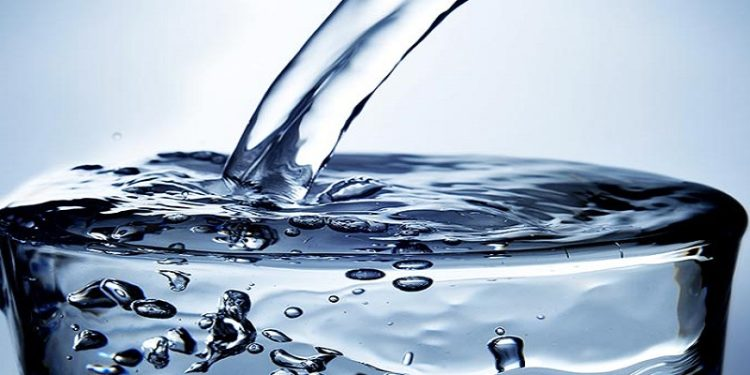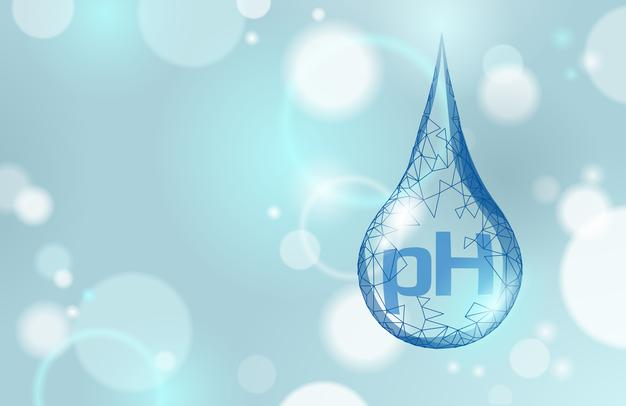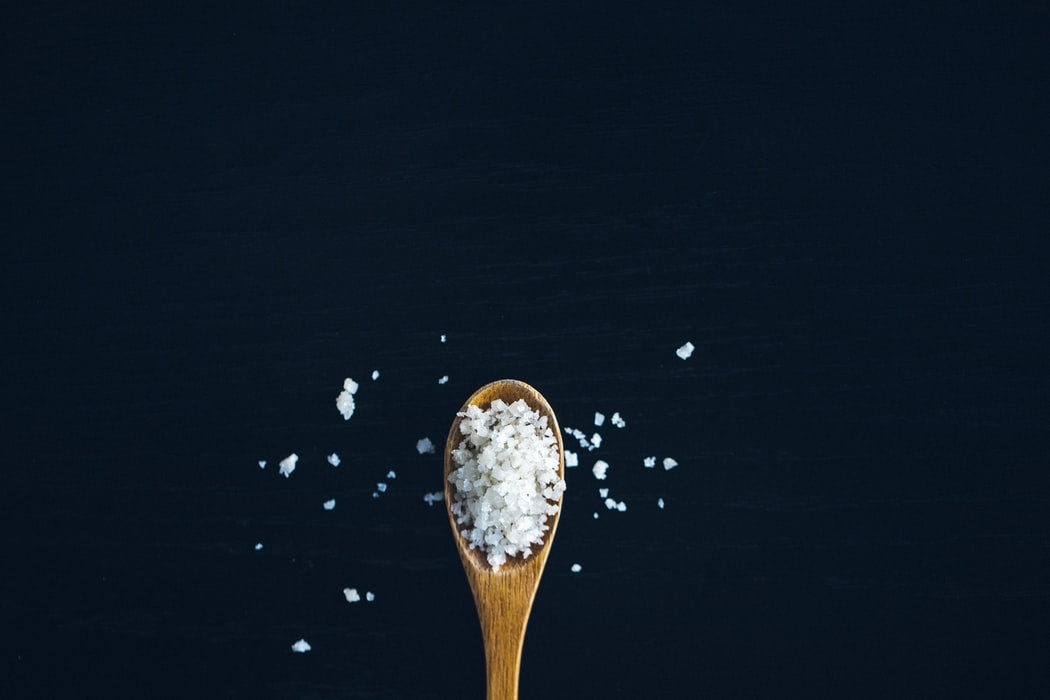What you need to know about water neutralization systems
Many people do not know that the pH of the water they drink every day is very important. When you know the pH of the water entering your water supply system or filtration system, you will have better health. Feed water with a pH below 7 is acidic and leads to many problems, such as mineral staining and corrosion in pipes, and can cause your RO system to work harder than usual.

One of the solutions to this problem is to know about water neutralization and invest in a water neutralization system. Do not know where to start?
What is a water neutralization system?
Simply put, a water neutralization system is a device or device that can increase the pH of water to ensure it reaches an acceptable level. It can be by manual use or through chemical injection. Chemicals are important because they help avoid mineral stains and deodorize water.
Is a water softener system different from a water neutralization system?
Yes, a water neutralization system is different from a water softener system. The water neutralization system must be used before the water softener.
How water neutralization systems work & understanding pH
The term pH is often used to describe the quality of drinking water. But many people don’t know what it really is. Simply put. pH is the measurement of charged particles present in a substance. It helps reveal the degree of alkalinity or acidity of a substance. The pH scale varies from 0-14.
When water has a pH lower than 7, it is acidic. Many acidic substances, such as battery acid, have a pH of 0. In contrast, alkaline or basic water has a pH of 8 or higher. Some very alkaline substances, such as lye, can have a pH of 14.
When water is pure, its pH is seven and it is classified as neutral because it is neither basic nor acidic.
As recommended by the United States Environmental Protection Agency or EPA, municipal drinking water suppliers must keep water at a pH of 6.5-8.5. It is worth mentioning that although the EPA is responsible for monitoring the quality of public drinking water throughout the United States, pH is not a quality that falls under EPA regulation.
What is unsafe pH?
The pH of fresh water is different in different parts of the world. It depends on many factors, such as natural processes, human activities and weather patterns. When the pH is very low or high, it may be due to heavy metal contamination.
Alkaline water that is not in the 6.5-8.5 range is usually unsafe. When water is highly alkaline, it can have an unpleasant taste or odor. It may damage appliances or water pipes.
Acidic water with a pH below 6.5 is more likely to have water contaminants, so is not safe to drink. It can lead to corrosion of metal pipes.
Different water types and pH levels
The pH of tap water varies greatly. It is usually around 7.5. The pH of distiller’s water is between 5 and 7 and the pH of seawater is about 8. Similarly, the pH of regular bottled water is between 6.5-7.5 and the pH of Bottled water labeled alkaline is between 8 and 9. The pH of acid rain is low, around 5.5-5.5.
Alkaline water and its growing popularity
In recent times, alkaline water is becoming popular with many people. Many people think that drinking alkaline water with a pH of 8 to 9 can help improve health. Some even believe that it can help slow down the aging process and even help reduce the likelihood of serious chronic diseases like cancer.
However, there is little to no scientific evidence for all these claims made by alkaline water drinkers and sellers.
Several studies have revealed that alkaline water may benefit the health of people with specific conditions such as:
- High Blood Pressure
- Diabetes
- Acid reflux
- High cholesterol
- Dehydration caused by exercise
Again, more research is needed to confirm the same.
Is testing pH at home possible?
Typically, municipal water suppliers are responsible for ensuring that the water arriving at your home has a pH of around 7. They perform a number of tests to ensure the same, so there is no need to test the pH at home. . However, if you notice your faucets and pipes are red, blue, or rusty white, you may need to find out why.
Typically, this discoloration is caused by corrosion caused by acidic water. A professional plumber may be needed to check the condition of the pipes.
If the discoloration is due to an unsafe pH level or you notice the water is also discolored, you can test the pH of your drinking water at home. It will be very cheap as you will need a home test kit. You can buy a good one and follow the instructions.
Most of these testers are water quality testers. To perform the test with these pens, you can dip the pen in your drinking water sample and you will get accurate results in seconds. You can relax if the test results show that the water is in the range of 6.5-8.5. If not, you may consider purchasing a water neutralizer or talking to your local water supplier.
See more: How to improve water quality parameters with chemical-free nano bubbles
To learn more about other powerful and unique water filtration systems distributed by Song Phung, order online at the website https://cleanwater.com.vn/san-pham or call hotline 0913.90.72.74 – 0984.620.494 to order. be consulted in detail.
Follow Fanpage: https://www.facebook.com/SongPhungthietbinganhnuoc/ to update new products
Translator: Duong Nguyen Hoang Khang












